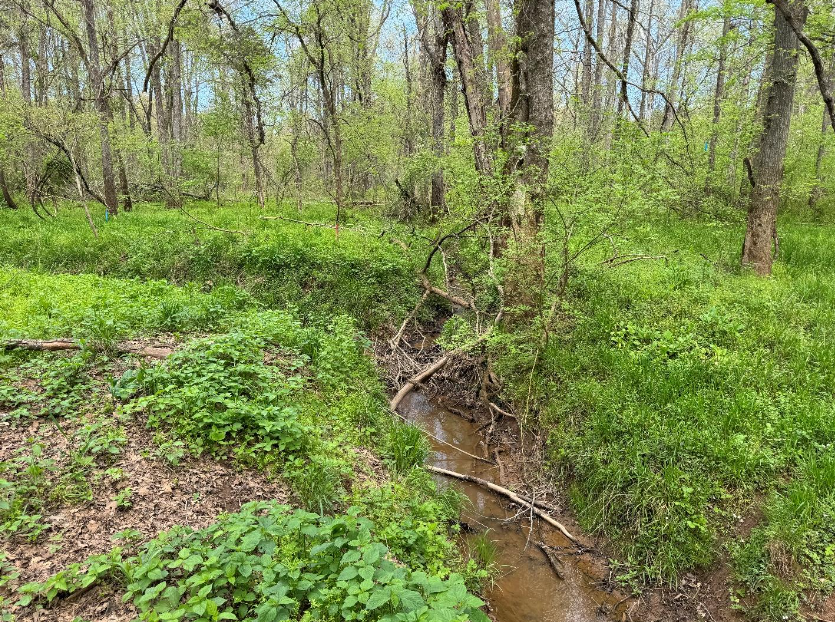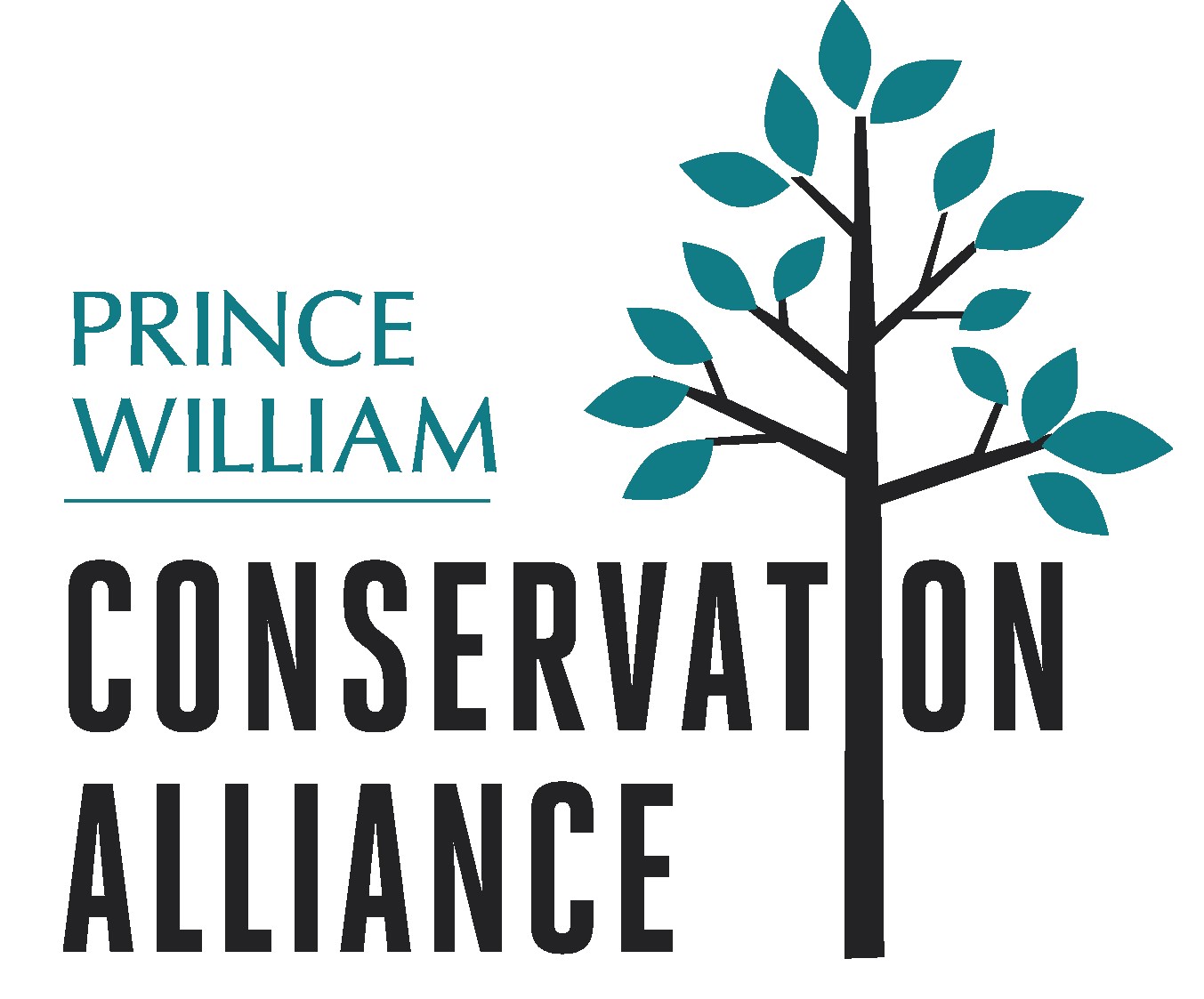
Stream Restoration and Invasive Management at Merrimac Farm WMA
In facing today’s environmental challenges, our strategy is two-fold: 1.) Protect what we have and 2.) Enhance what we have protected.
In 2008, Marine Corps Base Quantico, Prince William Conservation Alliance and Virginia Department of Game & Inland Fisheries with the support from the Virginia Department of Conservation and Recreation formed a relationship with the goal of permanently conserving Merrimac Farm, 301.756 acres in the vicinity of Marine Corps Base (MCB) Quantico, Virginia, and opening the property to the public. On January 16, 2008, the Parties achieved this goal and Merrimac Farm was transferred to the Virginia Department of Game and Inland Fisheries. On April 10, 2008, the property was opened to the public as the Merrimac Farm Wildlife Management Area (WMA). As of July 1, 2020, the Virginia Department of Game & Inland Fisheries (DGIF) has been renamed Virginia Department of Wildlife Resources (DWR). As an extension of this relationship, PWCA has developed an Agreement for The Management of Natural Resources and Resilience on Merrimac. There are two projects currently underway as part of this Agreement to enhance habitat quality:
Non-native Invasive Species Management
Nonnative invasive species like Autumn Olive and Bush Honey Suckle are becoming more prevalent and negatively impact ecosystems by competing with native species for critical resources such as light and nutrients. Through this management plan, we will be fostering diverse and healthy habitats for wildlife. We are working with Wetland Studies and Solutions Inc., who started initial efforts this February.
Stream Restoration
The stream restoration project aims to restore the hydrology of an unnamed tributary of Cedar Run. The tributary extends from the Spring House as you enter the Bluebell Trail near the Stonehouse.
Stream restoration comes at a cost and is typically estimated at $1,000 per linear foot, underscoring why we prioritize conservation when we can. An ounce of prevention is indeed worth a pound of cure (maybe more like a ton!).
While conservation remains our most efficient tool, restoration is a critical part of our environmental toolbox. Here, we will be restoring about 120 feet of stream and about three (3) acres of wetland and adjacent natural area. Two (2) trees will need to be removed, however the end result will be the restoration of upland wetlands and protecting stream channels from becoming incised. The restored channel will also act as part of the outdoor classroom, allowing visitors to see restoration techniques that allow us to protect and recover our streams. The site will be planted with native species from the list of plants naturally occurring at Merrimac Farm.
This area is a Virginia Native Plant registered site. We are working with Virginia Native Plant Society (VNPS) to mitigate disturbance during the project to reduce opportunities for invasives to spread and determine the appropriate seed mix to use after the stream restoration is complete.
For questions, please contact us at [email protected].

The eroding bank area in the stream to be restored indicates instability that could spread over time.

This stable stream channel with woody debris found at the other end of the Bluebell Trail near Cedar Run is the type of channel that will be promoted with the stream restoration.


